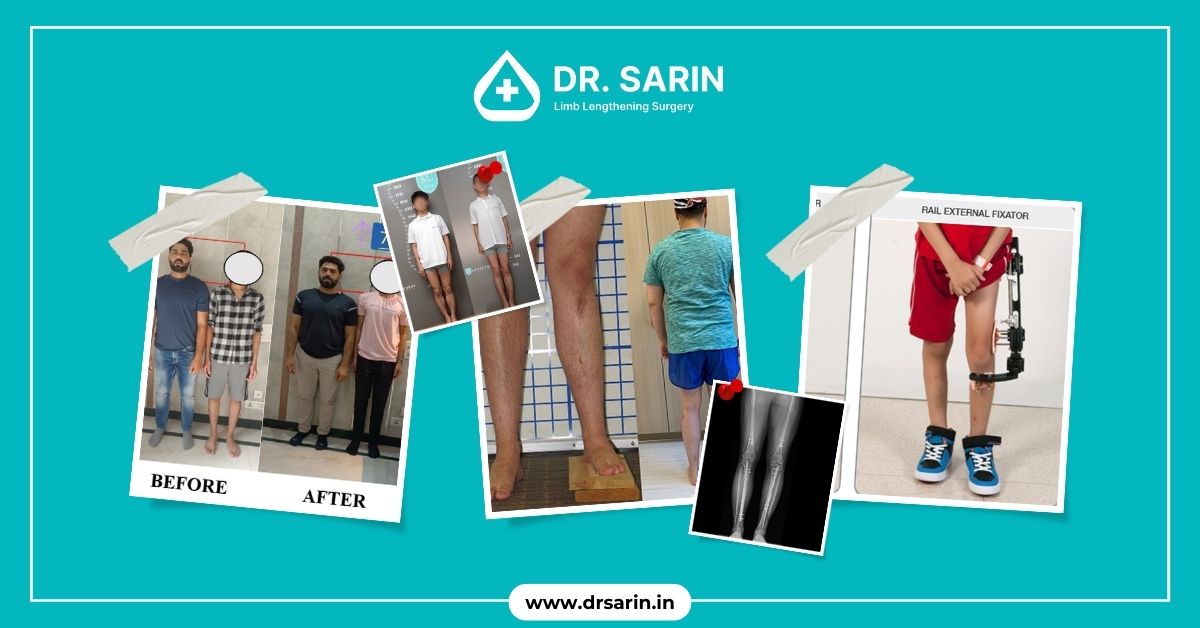Many individuals wonder if it’s possible to increase height after puberty, and the answer is yes. While the growth plates close after puberty, there are still practical methods that may contribute to gaining some extra height. Understanding the science behind growth during childhood, key factors influencing height, and exploring both non-surgical and surgical options can provide insights into this intriguing pursuit.
Understanding Growth During Childhood and Puberty
Height growth during childhood and puberty is primarily regulated by growth plates, also known as epiphyseal plates. These plates, located at the ends of long bones, are responsible for bone lengthening. Puberty is marked by the closure of these plates, signaling the end of significant height growth. However, there are still ways to stimulate growth in other aspects.
Key Factors Influencing Height Growth During Childhood and Puberty
Nutrition, genetics, sleep, and physical activity are crucial in height development. A balanced diet rich in essential nutrients, proper rest, and regular exercise can optimize growth potential during the growing years. Understanding these factors can help in developing a holistic approach to height enhancement.
Height Increase After Puberty: Understanding the Reality
While height increase after puberty is limited, posture and spine health improvements can make a noticeable difference. Practices like yoga and stretching help elongate the spine, giving the illusion of added height. Maintaining a healthy lifestyle can also prevent bone density loss, ensuring bones remain strong and well-supported.
Do Pills, Medications, and Supplements Help You Grow Taller? The Truth Revealed
Many height-increasing supplements and medications are on the market, each claiming to be a miracle solution. However, the efficacy of these products still needs to be investigated. Most experts agree that the influence of these supplements on height is marginal at best. It is essential to approach such products cautiously and consult a healthcare professional before use.
Limb Lengthening: A Permanent Solution For Height Increase After Puberty
For those seeking a more drastic solution, limb lengthening surgery offers a permanent way to increase height. This procedure involves carefully breaking bones, followed by gradual distraction, allowing new bone to form and increase length. While effective, this surgery is invasive and comes with potential risks and a lengthy recovery period.
Science Behind Limb Lengthening Surgery
Limb lengthening surgery relies on the body’s natural healing process. By creating controlled fractures in the bones and gradually separating them, the body responds by generating new bone tissue. This innovative medical procedure has succeeded in increasing height, particularly in cases where other methods have proven ineffective.
Age Considerations For Height Surgery
Limb lengthening surgery is typically performed on individuals who have stopped growing naturally. Age considerations are crucial, and surgeons evaluate bone maturity before recommending the procedure. While it’s a viable option for some, the decision to undergo limb lengthening should be made after carefully considering potential risks and benefits.
In conclusion, increasing height after puberty involves a combination of lifestyle factors, non-surgical methods, and, in extreme cases, surgical interventions. Understanding the science behind height growth and exploring practical options can empower individuals determined to add a few extra inches to their stature.




